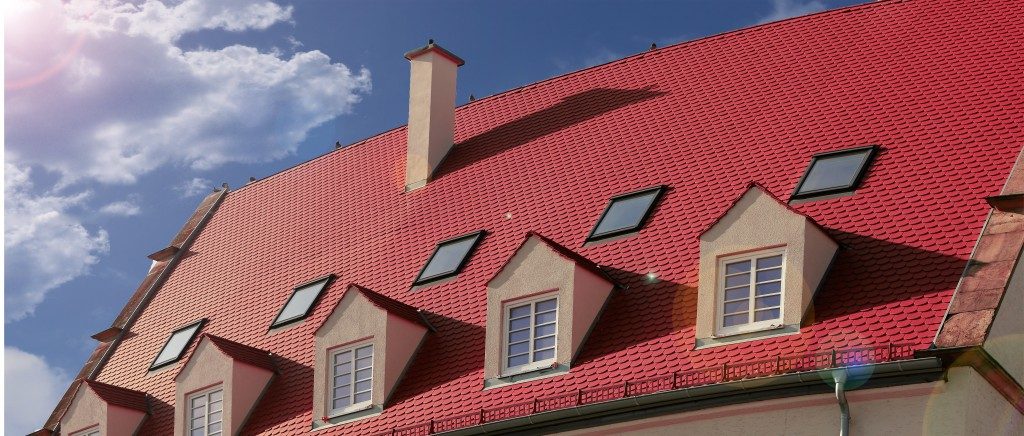The roof is one of the first defenses of your home against the elements, and it’s expected to last for about up to 30 years with regular maintenance. Some homeowners, however, have this notion that roofs last forever, or at least it’s the problem of the next owner when they sell it down the line. This is a mistake in both ways; roofs last only as long as you care for them; a well-maintained roof can attract more buyers.
1. Material

The better the material of your roof, the longer it will last. Still, it’s a good idea to meet halfway between budget and longevity, and some materials are better at this than others. Several types of materials are available for roofing, such as asphalt shingles (which last for around 20 years) wood shakes (up to 40 years), metal (up to 45 years), tile (up to 50 years), and slate (of which some anecdotal evidence describe to reach up to 200 years). Obviously, the longer a material lasts, the more expensive it is. Furthermore, some materials, like metal, require less maintenance than others, such as asphalt shingles, making them more cost-effective in the long run.
2. Design
The design of the roof also plays a part in how long it’s going to last. Foremost in this consideration is its pitch, or how flat or sloped the roof is. In general, the more slope a roof has (more pitch), the better it can shed water runoff, but the more it falls victim to wind-shearing forces like uplift. Conversely, the flatter it is, like those in commercial buildings, the less it’s prone to wind damage, though it’s more susceptible to water accumulation, which can deteriorate the roof membrane.
3. Climate
Most roofing contractors design roofs that are appropriate for the region’s weather; for example, Texas will likely not use rubber membranes because they can melt under the sun, while Utah, particularly Orem, can use asphalt shingle roofing. That said, some climates are naturally humid, which calls for protection against algae growth (usually copper-infused granules). For areas that endure strong winds, for example, additional reinforcement and flatter rooftops are conventional, while hotter climates might need more efficient attic ventilation.
4. Color
The color of the roof seems like an afterthought, but it’s a big part not only of your curb appeal but of how energy-efficient your overall home is. Generally, lighter roofs are cooler because they reflect the sun’s heat, similar to how a light-colored shirt can make you feel cooler on hot days. Some manufacturers, however, have shingle products that still reflect heat even with darker colors.
5. Installation

Finally, how long your roof lasts depends on how well it’s installed. Not all roofing contractors are created equal, and some are more well-versed in installing certain types more than others. Consult your contractor’s certifications and portfolio to see if they’re the right fit for the roofing project you have in mind.
Make your roof work for you by identifying possible trouble spots that can shorten its service life. Cover all of these, and you’re all set for a few decades of peace of mind.

